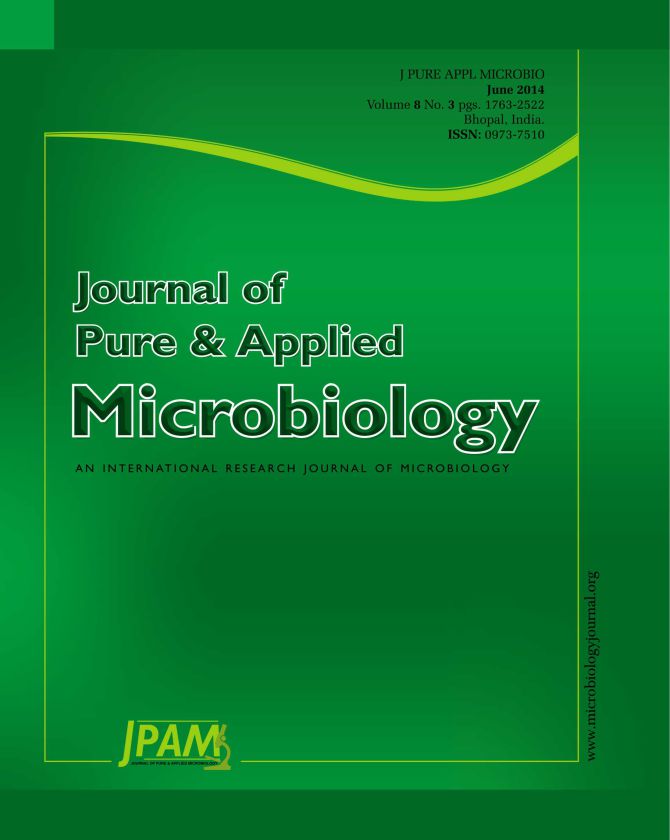Upon analyzing the living state of pathogenic bacteria and antimicrobial resistance in cardiovascular disease, this paper is mainly to conclude that gram-negative (G -) bacilli, gram positive (G +) bacteria, fungi etc have all played an important role in the high morbility of heart cerebrovascular disease. Meanwhile bacteria resistance has also caused too much difficulty in its curing, and the proper monitoring of tiology and drug susceptibility would help rationally clinical selection and the right use of antimicrobial agents. The method is through making an identification and drug resistance analysis for 8705 samples of sputum, urine, blood that come from patients with cardiovascular disease in three years. Among 804 strains of bacteria separation, gram-negative bacteria and gram-positive bacteria have taken account for 87.69% and 12.31% respectively. In gram negative bacteria Pseudomonas aeruginosa, Acinetobacter baumannii is primary; Staphylococcus aureus is primary in gram-positive bacteria and enterococcus is secondary; white candida is primary in 547 strains of separation fungi; pseudomonas aeruginosa and acinetobacter is drug resistant to part of cephalosporins of antimicrobial agents, such as ampicillin, furadantin and cefotetan. It is sensitive to amikacin and polymyxin B, which have different drug resistance to other antimicrobial agents. Staphylococcus aureus and dung enterococcus are quite sensitive to rina thiazole amine, teicoplainin and vancomycin, and they have different drug resistance to other antimicrobial agents. The result is that a gram negative bacterium is the leading cause of cardiovascular disease’s infection pathogens. The fungal infection is on the rise and drug resistance of pathogenic fungi is serious. Attaching great importance to pathogen monitoring and analysis of drug resistance is significant in guiding clinically rational use of antimicrobial agents, as well as controlling the spreading and hospital infection of drug resistance strains. Various clinical microbiology rooms should give tight and close monitoring, explore the changes and laws in the transformation of pathogen resistance, strictly control the laboratory quality and send accurate report to clinic, thus guide rational drug use clinically, all those are the important task of contemporary clinical microbiology.
Cardiovascular disease, pathogen bacteria, drug resistance, microbiology
© The Author(s) 2014. Open Access. This article is distributed under the terms of the Creative Commons Attribution 4.0 International License which permits unrestricted use, sharing, distribution, and reproduction in any medium, provided you give appropriate credit to the original author(s) and the source, provide a link to the Creative Commons license, and indicate if changes were made.


